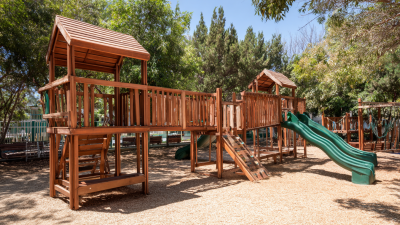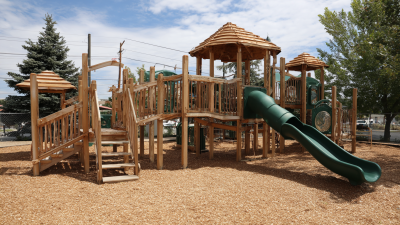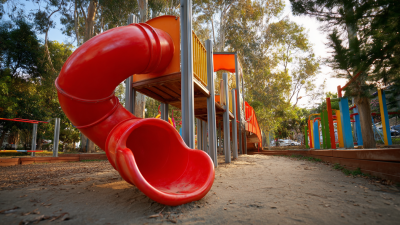 +86-13901441113
+86-13901441113




Creating the perfect outdoor space is an art that blends aesthetics, functionality, and comfort. As we strive to enhance our outdoor living experiences, innovative solutions such as Slide Outside have emerged to revolutionize how we think about our outdoor environments. This blog will delve into the transformative potential of Slide Outside, showcasing how this unique approach can optimize your outdoor areas, whether it’s a spacious patio, a charming balcony, or a cozy garden nook. By thoughtfully integrating Slide Outside solutions, you can create an inviting atmosphere for relaxation and entertainment, making your outdoor space an extension of your home. Join us as we explore tips and inspirations for crafting the ideal outdoor oasis that reflects your style and enhances your lifestyle.
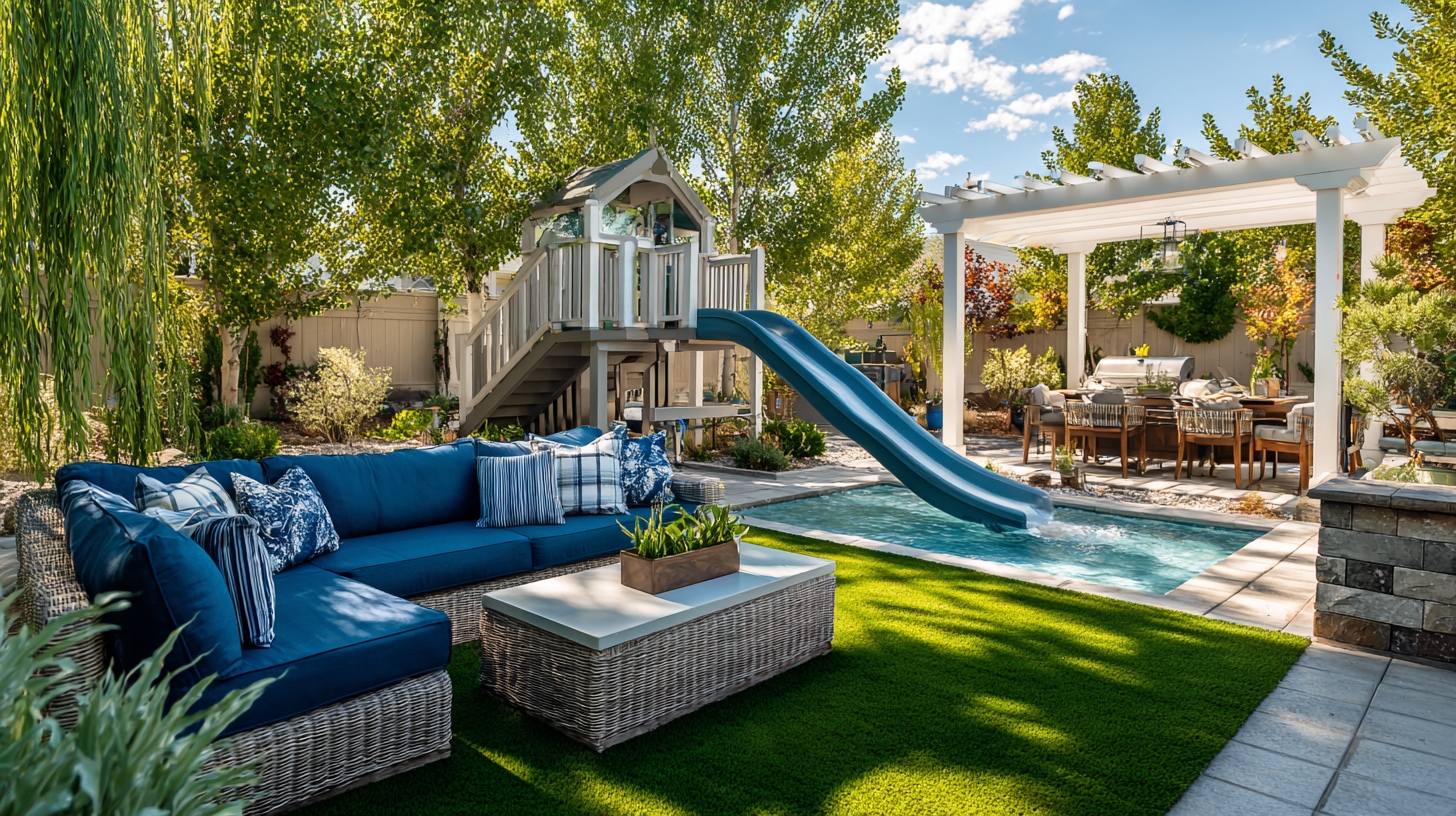
Creating the perfect outdoor space requires an adept balance between functionality and aesthetics. Today's design trends emphasize the importance of connecting indoor and outdoor environments, allowing homeowners to maximize their living spaces. According to studies, spaces that integrate natural elements promote well-being, reflecting a rising preference for biophilic design—where nature is an integral part of the home environment. This approach helps in crafting serene outdoor areas that not only look great but also enhance the quality of life.
When designing your outdoor area, consider these tips:
1. **Define Functional Zones**: Identify different areas for dining, relaxation, and gardening to create a cohesive layout.
2. **Incorporate Visual Elements**: Use materials and colors that reflect the style of your interior design to create a seamless transition.
3. **Add Multifunctional Furniture**: Opt for furniture that can serve multiple purposes, such as benches that offer storage or tables that can convert from dining to serving sizes.
Landscape architecture plays a crucial role in enhancing the beauty of outdoor spaces. In alignment with the current trend towards personalization, design should reflect the homeowner's personality and lifestyle, ensuring that the outdoor area not only looks appealing but also serves the practical needs of everyday life. As the home décor realm progresses, sustainability and innovative design elements will further define how we utilize our outdoor spaces.
Incorporating sustainable materials into outdoor spaces not only enhances aesthetic appeal but also contributes significantly to environmental conservation. According to a report by the Global Sustainability Network, the use of sustainable materials can reduce greenhouse gas emissions by up to 30% compared to conventional materials. This statistic underscores the pivotal role that responsible material selection plays in habitat creation. For instance, materials such as reclaimed wood, recycled plastic, and bamboo offer durability while minimizing ecological damage.
Moreover, the benefits extend beyond environmental impact. A study published in the Journal of Environmental Psychology found that green spaces composed of sustainable materials can improve mental well-being and increase property values by up to 15%. Homeowners looking to create a perfect outdoor space should consider products certified by reputable sustainability standards, such as Forest Stewardship Council (FSC) or Cradle to Cradle certifications. By prioritizing these materials, not only are you fostering a healthier planet, but also enriching your outdoor living experience for years to come.
| Dimension | Description | Benefits | Best Practices |
|---|---|---|---|
| Materials Used | Bamboo, recycled wood, and composite materials | Sustainable sourcing reduces environmental impact | Choose FSC-certified wood to ensure responsible forestry |
| Design Approach | Open concepts blending with nature | Enhances natural light and flow of space | Incorporate native plants for easy maintenance |
| Furniture Selection | Recycled aluminum or eco-friendly fabrics | Durable and weather-resistant | Choose versatile pieces for multiple uses |
| Water Management | Rain gardens and permeable materials | Reduces runoff and helps water conservation | Design with sloped surfaces directing water flow |
| Lighting Options | Solar-powered and LED fixtures | Energy-efficient and reduces electricity cost | Strategically place lights to enhance safety and ambiance |
Creating the perfect outdoor space requires thoughtful consideration of furniture choices that
balance comfort and style. According to a recent survey by
the American Home Furnishings Alliance, 74% of homeowners
desire an outdoor area that enhances their lifestyle and provides a functional yet aesthetically pleasing
environment. This means selecting pieces that not only look great but also offer durability and comfort
for year-round enjoyment.
When it comes to essential furniture for outdoor areas, opting for weather-resistant materials is crucial.
High-quality options, such as teak and powder-coated aluminum,
are known for their longevity and minimal maintenance requirements. A report from Statista indicates that
48% of consumers prioritize durability as a key factor
when choosing outdoor furniture. Additionally, incorporating plush cushions and stylish throw pillows can
elevate the overall seating experience, encouraging relaxation and entertaining in the open air. Pairing these
elements with proper layout design enhances flow and creates inviting spaces, making outdoor areas extensions
of the home where comfort meets style seamlessly.
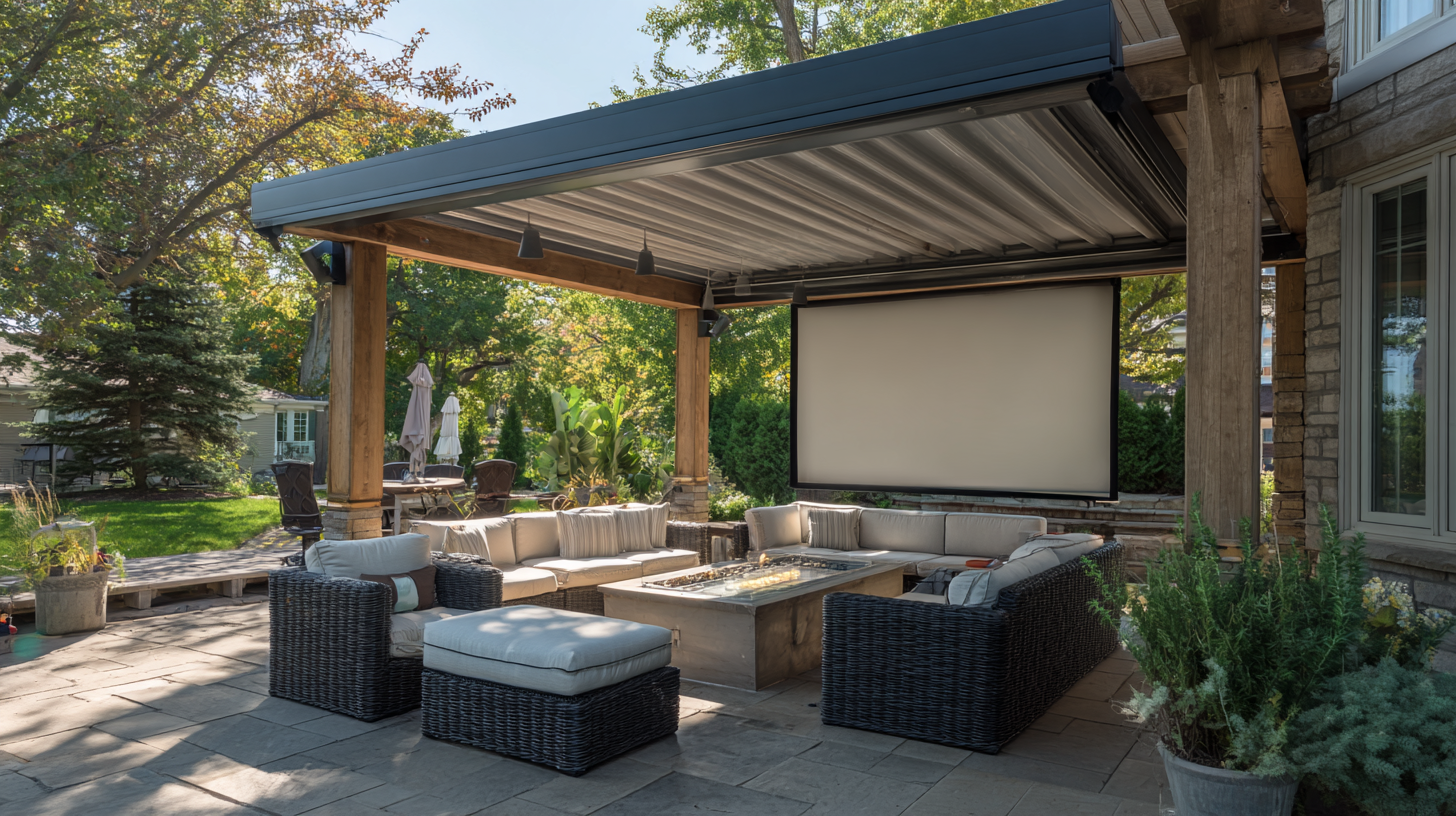
Creating the perfect outdoor space requires smart landscaping techniques that maximize efficiency and functionality. According to a report by the American Society of Landscape Architects, well-designed outdoor areas can increase property values by up to 20%. The focus on optimizing space through thoughtful design is particularly essential in urban environments, where every square foot counts.
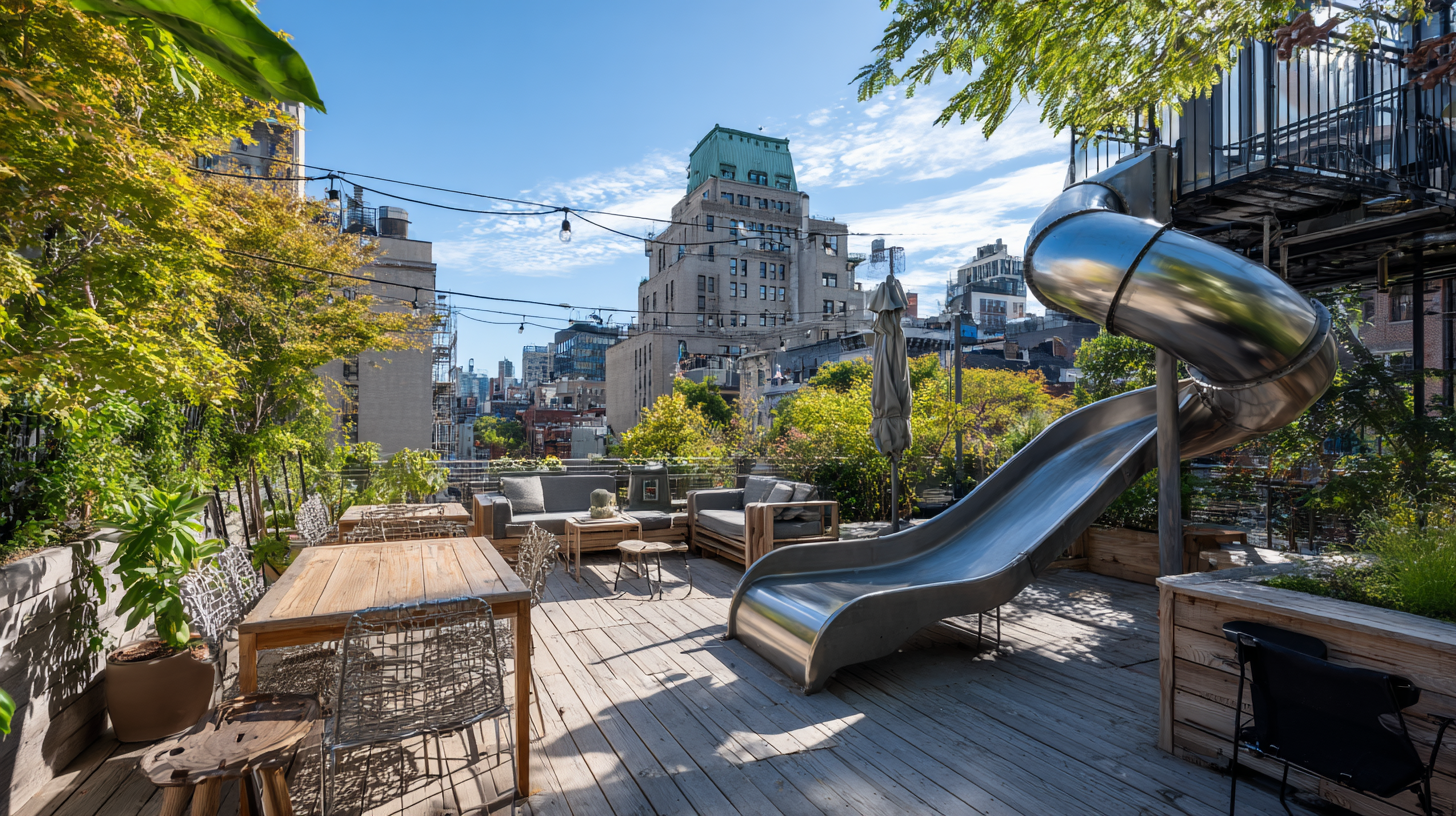
Integrating multi-functional elements is key to maximizing outdoor efficiency. For instance, incorporating vertical gardens not only enhances aesthetics but also utilizes wall space effectively, providing an opportunity to grow plants in limited areas. The National Gardening Association indicates that 35% of households in the U.S. are now using some form of container gardening, showcasing a shift toward innovative landscaping solutions that allow for increased greenery without consuming precious ground space.
Water-efficient landscaping techniques, such as xeriscaping, can further enhance outdoor spaces while contributing to sustainability. A study by the Environmental Protection Agency (EPA) found that homeowners can reduce their water usage by up to 50% by implementing drought-resistant plants and conservation practices. By embracing these smart landscaping strategies, homeowners can create beautiful outdoor environments that are not only practical but also environmentally friendly.
When designing an outdoor space, lighting plays a crucial role in creating an inviting ambiance while also ensuring safety. Thoughtful lighting choices can transform a backyard or patio into a cozy retreat, where friends and family can gather and enjoy the fresh air, even after the sun goes down.
String lights, lanterns, and integrated landscape lighting can establish warm tones, making the environment more welcoming and enhancing the overall aesthetic.
In addition to ambiance, safety should be a top priority in outdoor environments. Well-placed lighting not only illuminates pathways and steps but also highlights potential hazards, preventing accidents during evening gatherings.
Motion sensor lights can offer added security, automatically activating when someone approaches, offering peace of mind for homeowners. Combining these functional and aesthetic lighting solutions creates an outdoor area that is both beautiful and functional, allowing you to make the most of your time outside, day or night.

